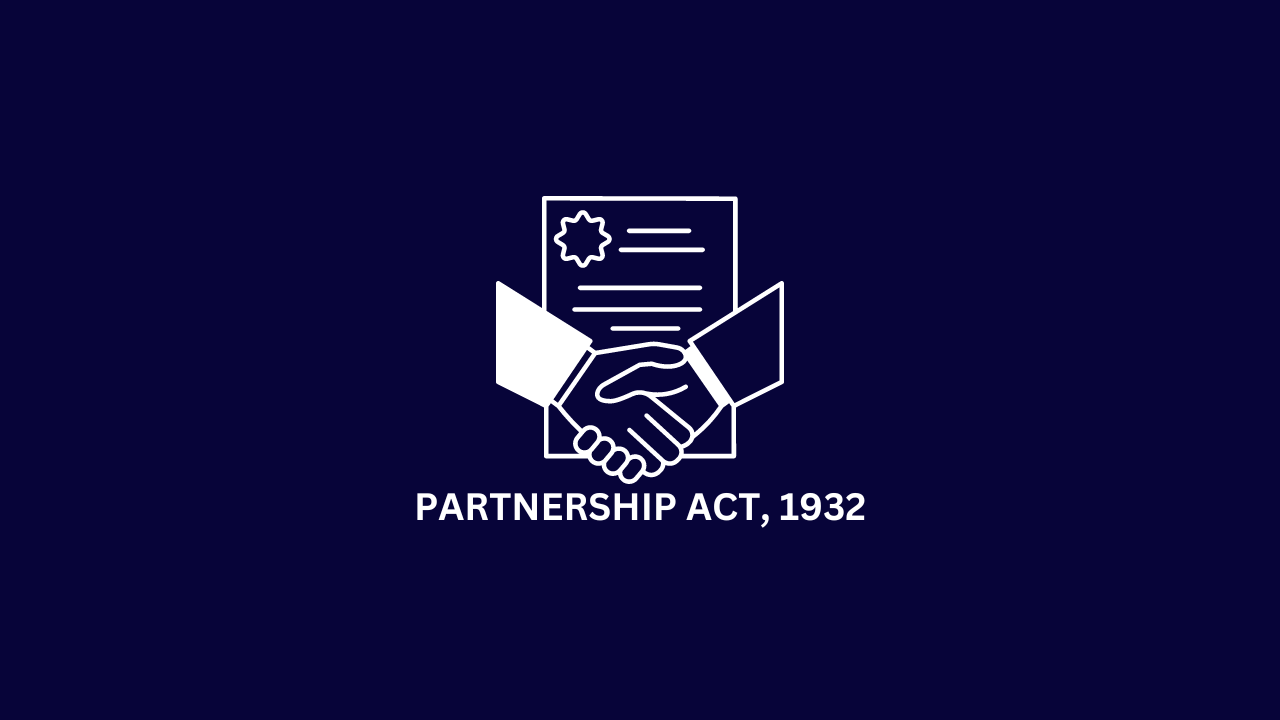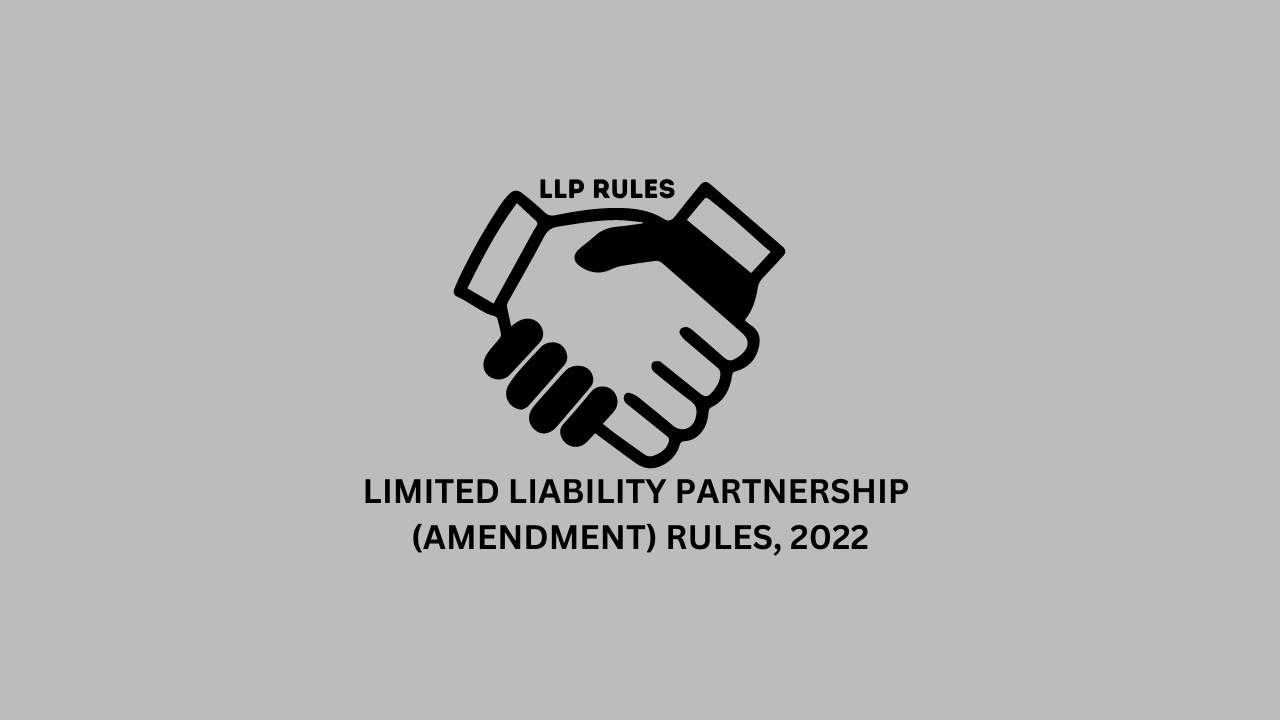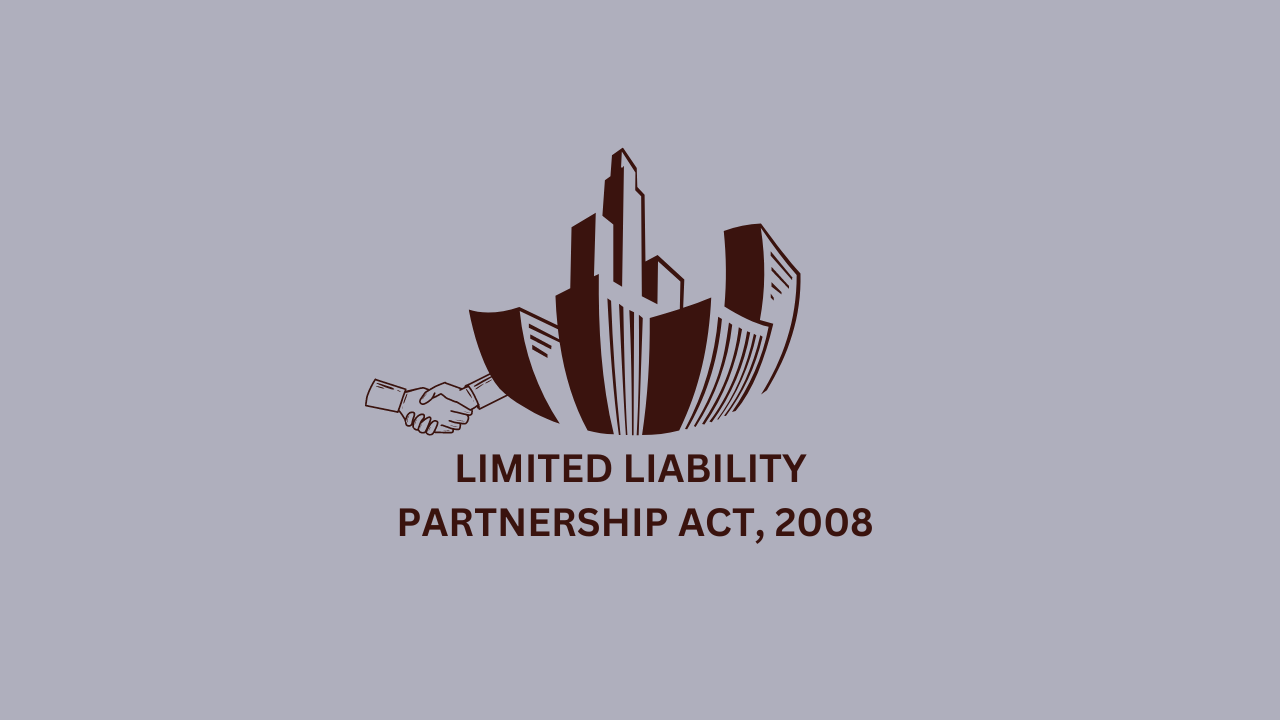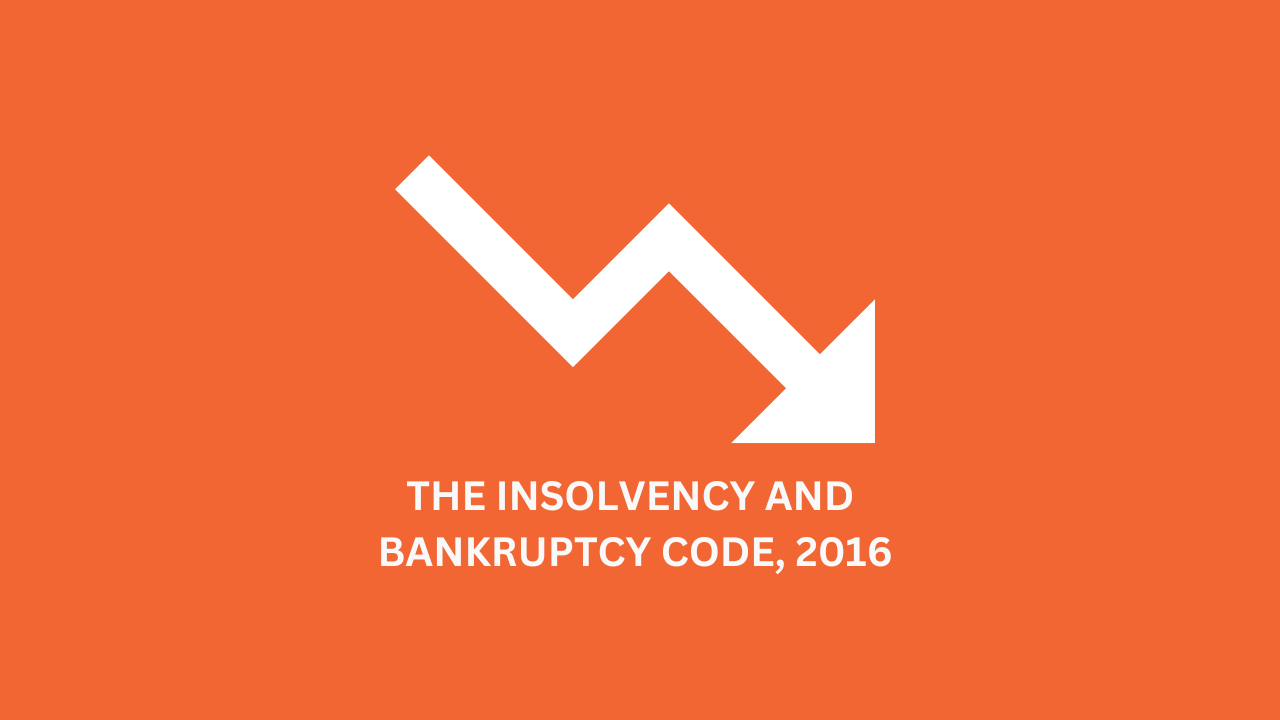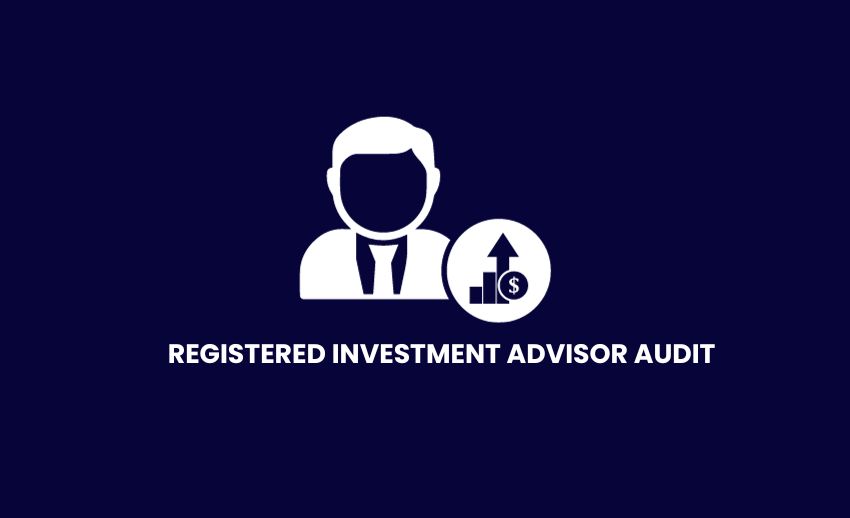
In the constantly evolving landscape of finance, ensuring the safety and integrity of your investments is crucial and registered investment audits play a pivotal role in this process as they offer investors a robust mechanism to assess and verify the legitimacy and compliance of their investments with applicable regulations. Whether you’re a seasoned investor or just starting on your financial journey, understanding the basics of registered investment audits is crucial to making informed decisions about your portfolio. In this blog, we will explore the intricacies of registered investment audits, explining why they matter, how they work, and what you as an investor need to know to navigate through the audit process effectively.
A Registered Investment Advisor (RIA) in India is a financial professional or firm that offers investment guidance and manages investment portfolios for individuals, families, and institutions. These professionals, or firms, must register with the Securities and Exchange Board of India (SEBI), which acts as the regulatory authority overseeing their activities. RIAs are held to a fiduciary duty, which means they are legally obligated to act in the best interests of their clients, putting the clients’ financial well-being above their own financial gains.
The primary role of an RIA is to provide customized investment advice and construct investment strategies that align with the unique financial objectives, risk tolerance, and time horizons of their clients. They conduct comprehensive assessments of a client’s financial situation, taking into account assets, liabilities, income, and expenses. Using this information, they create and manage investment portfolios designed to help clients achieve their goals, which may include retirement planning, wealth accumulation, and other financial objectives.
In addition to investment management, RIAs often offer ongoing portfolio monitoring and adjustments to adapt to changing market conditions and client needs. They may also provide a range of financial planning services, including tax planning, estate planning, and retirement planning, to create a well-rounded financial strategy.
For their services, RIAs typically charge fees, often based on a percentage of assets under management (AUM). This fee structure aligns the advisor’s compensation with the performance of the client’s portfolio, reinforcing the fiduciary duty and minimizing potential conflicts of interest that can arise with commission-based compensation.
Investors in India often opt for the services of RIAs due to the transparency, professionalism, and unbiased advice they offer. The registration and oversight by SEBI help instill trust and confidence in the financial advisory sector. In conclusion, Registered Investment Advisors in India play a crucial role in helping clients navigate the intricacies of financial markets and plan for a secure financial future while adhering to the highest ethical and regulatory standards.
The process of an RIA audit in India involves a comprehensive examination of the financial practices and compliance of investment advisors. This process includes a thorough review of their client documentation, investment strategies, risk assessment procedures, and adherence to regulatory guidelines. Here’s a brief description of the process-:
The importance of a Registered Investment Advisor (RIA) audit cannot be overstated in the world of finance. These audits serve as a critical safeguard for investors, ensuring that their hard-earned money is managed by professionals who adhere to stringent regulatory standards and ethical practices. Through a meticulous examination of financial operations, compliance procedures, and transparency measures, RIA audits contribute to the overall integrity and trustworthiness of the financial advisory industry. They help identify any potential misconduct, conflicts of interest, or irregularities that could jeopardize investor interests. With the support of regulatory bodies like the Securities and Exchange Board of India (SEBI), RIA auditors play a pivotal role in upholding market integrity and investor confidence. Whether you are a seasoned investor or just embarking on your financial journey, understanding the significance of RIA audits empowers you to make informed investment decisions and entrust your assets to credible and compliant advisors.
What triggers an RIA audit?
RIA audits are typically triggered by regulatory authorities like SEBI as part of routine oversight or in response to specific concerns or complaints from investors or the public.
What happens if an RIA fails to address compliance deficiencies found during an audit?
Failure to address compliance deficiencies can lead to regulatory actions, including fines, penalties, or even revocation of an RIA’s registration, which could effectively shut down their operations.
Can investors request information about an RIA’s audit history?
Yes, investors have the right to inquire about an RIA’s audit history and findings, which can provide valuable insights into the advisor’s compliance and transparency.
How can investors verify the legitimacy of an RIA’s audit report?
Investors can verify the legitimacy of an RIA’s audit report by cross-referencing it with information provided by the regulatory authority conducting the audit and by consulting with independent financial professionals.
Is it possible for an RIA to refuse an audit?
Refusing an audit can have serious consequences, including potential regulatory sanctions. RIAs are generally required to cooperate fully with regulatory audits as a condition of their registration.


